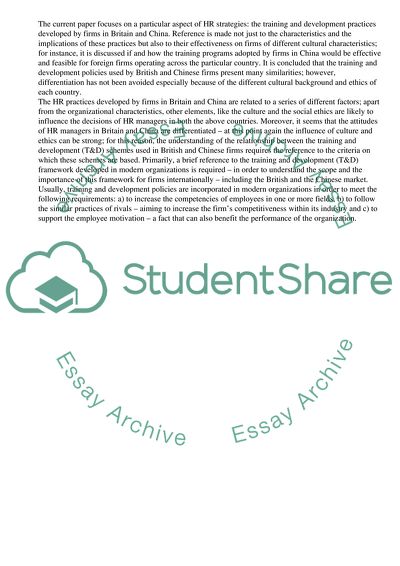Cite this document
(Training and Development Practices Followed by the British and Chinese Coursework, n.d.)
Training and Development Practices Followed by the British and Chinese Coursework. Retrieved from https://studentshare.org/management/1747550-cross-cultural-management-2
Training and Development Practices Followed by the British and Chinese Coursework. Retrieved from https://studentshare.org/management/1747550-cross-cultural-management-2
(Training and Development Practices Followed by the British and Chinese Coursework)
Training and Development Practices Followed by the British and Chinese Coursework. https://studentshare.org/management/1747550-cross-cultural-management-2.
Training and Development Practices Followed by the British and Chinese Coursework. https://studentshare.org/management/1747550-cross-cultural-management-2.
“Training and Development Practices Followed by the British and Chinese Coursework”, n.d. https://studentshare.org/management/1747550-cross-cultural-management-2.


